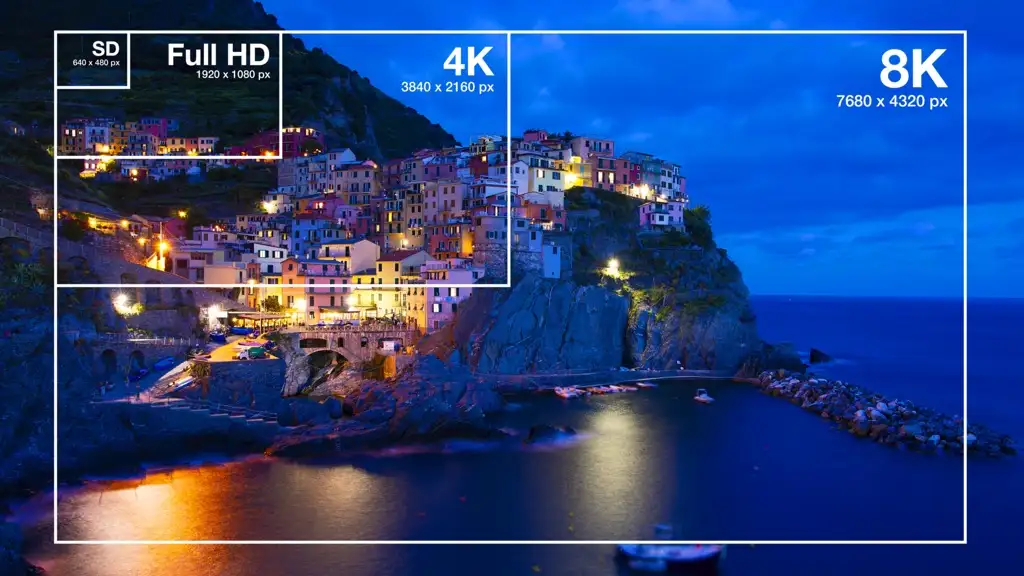Introduction:
Choosing what is my screen resolution for your device is a decision that directly impacts your visual experience. While there is no one-size-fits-all answer to the “best” screen resolution, it largely depends on your specific needs, preferences, and the device you’re using. In this article, we will explore different screen resolutions and help you find the perfect balance between visual quality, performance, and compatibility.
Factors to Consider:
When determining the best screen resolution for your device, consider the following factors:
- Device Size: The size of your device plays a significant role in determining the ideal screen resolution. Higher resolutions, such as 4K or 8K, are more beneficial on larger screens where the increased pixel density results in sharper visuals. On smaller screens, lower resolutions like 1080p may suffice and offer a good balance between clarity and performance.
- Display Purpose: The purpose of your device usage is another crucial factor. If you primarily use your device for web browsing, office work, or general multimedia consumption, a standard resolution like 1080p can provide a satisfactory visual experience. However, if you’re a content creator, designer, or gamer who values intricate details, higher resolutions like 2K or 4K might be preferable.
- Performance and Hardware: Higher resolutions require more processing power and graphics capabilities from your device. Consider the hardware specifications of your device and ensure it can handle the demands of your desired screen resolution without sacrificing performance. Insufficient hardware resources may lead to lag, reduced battery life, or compatibility issues with certain applications.
Popular Screen Resolutions:
Let’s explore some popular screen resolutions and their characteristics:
- 1080p (1920 x 1080): Considered the standard for most devices, 1080p offers a good balance of visual clarity and performance. It provides sharp images and text on a variety of screen sizes, making it suitable for everyday use and multimedia consumption.
- 2K (2560 x 1440): 2K resolution provides enhanced detail and visual quality compared to 1080p. It is commonly found in high-end smartphones, tablets, and computer monitors, catering to users who require a more immersive viewing experience.
- 4K (3840 x 2160): 4K resolution offers exceptional visual fidelity, delivering sharper details and vibrant colors. It is popular among content creators, gamers, and those who value the utmost visual realism. However, it requires robust hardware specifications to fully appreciate its benefits.
- 8K (7680 x 4320): 8K resolution represents the pinnacle of display quality, providing an unparalleled level of detail. It is primarily utilized in professional settings like filmmaking and content creation. However, it is currently less common in consumer devices due to its high hardware requirements and limited content availability.
Conclusion:
Selecting screen resolution for your device involves considering multiple factors such as device size, intended usage, and hardware capabilities. While higher resolutions offer increased visual fidelity, they require more processing power and may not be suitable for all devices or purposes. Ultimately, the best screen resolution is subjective and depends on your personal preferences and the specific tasks you perform on your device. Assess your needs, weigh the factors, and strike the perfect balance between visual quality, performance, and compatibility to create an optimal viewing experience tailored to your requirements.
